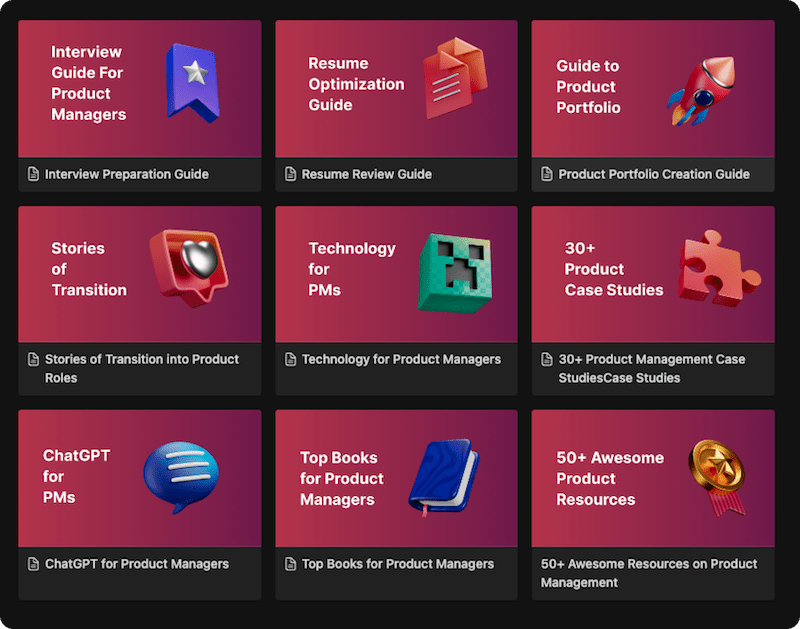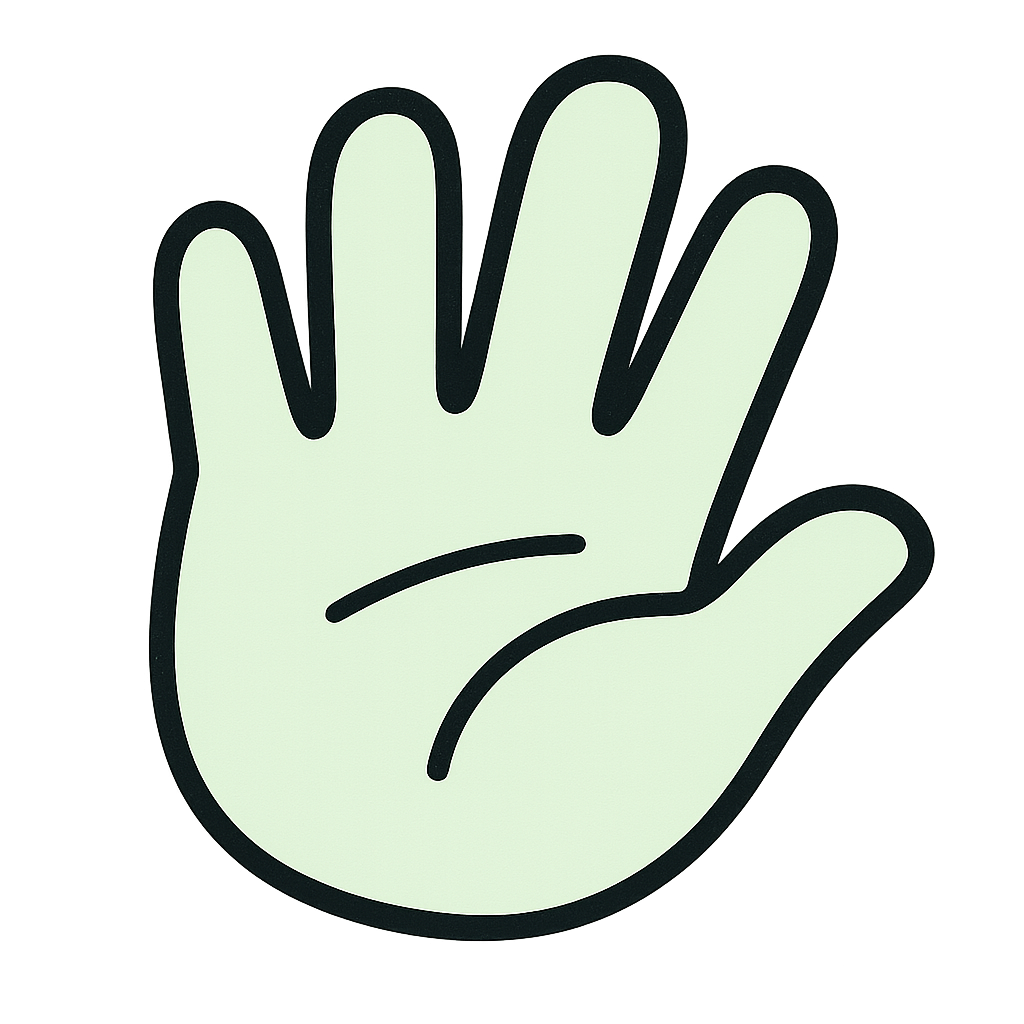Have you ever been part of a team that spent months building a beautiful, feature-rich product, only to see it launch to the sound of crickets? It’s a painful and all-too-common experience for product managers. The root cause often isn’t a lack of engineering talent or a poor marketing strategy; it’s a failure to build the right thing in the first place. This is where Product Discovery comes in—it’s the critical process that separates products that thrive from those that merely survive, or worse, completely fail.
Product Discovery is your safeguard against building the wrong product. It’s a continuous learning process focused on deeply understanding your customers’ problems to ensure that what you decide to build is valuable, usable, and feasible. This guide will walk you through every aspect of Product Discovery, transforming you from a beginner into a confident practitioner who can lead teams to build products that truly resonate with users.
Definition & Origin
While the principles of understanding customer needs have been around for decades, the term Product Discovery was popularized in the modern product management context by thought leaders like Marty Cagan in his book Inspired. He frames it as one of the “two essential halves of product,” alongside Product Delivery. Another key figure is Teresa Torres, who, in her work and book Continuous Discovery Habits, advocates for making discovery an ongoing, weekly habit for product teams, rather than a one-off project phase.
The roots of Product Discovery lie in methodologies like Design Thinking, Lean Startup (with its “build-measure-learn” loop), and Agile. As Atlassian notes, it’s the “process of building a shared understanding of the problem space,” which is fundamental to any successful Agile endeavor.
Benefits & Use-Cases: Why Product Discovery Matters
Investing time in Product Discovery might feel like it’s slowing you down, but it’s one of the highest-leverage activities a product team can undertake. The benefits are substantial:
- Reduces Risk: It systematically tackles the four big risks identified by Marty Cagan:
- Value Risk: Will customers buy it or users choose to use it?
- Usability Risk: Can users figure out how to use it?
- Feasibility Risk: Can our engineers build it with the time, skills, and technology we have?
- Business Viability Risk: Will this solution work for our business (financially, legally, ethically, etc.)?
- Saves Time and Money: Identifying and discarding bad ideas early is far cheaper than building, launching, and marketing them.
- Builds Customer-Centric Products: It forces teams to move beyond their own assumptions and build empathy for users, leading to products that solve real-world problems.
- Increases Team Alignment and Morale: When the entire product trio (Product Manager, Design Lead, and Engineering Lead) is involved in discovery, it creates a powerful sense of shared ownership and purpose.
Product Discovery is not just for new products. It’s used to:
- Identify new market opportunities.
- Decide on the next major feature for an existing product.
- Improve user engagement and retention.
- Validate a new business model or pricing strategy.
How It Works: A Step-by-Step Guide to Product Discovery
While Product Discovery is not a rigid, linear process, it generally follows a cycle of learning and validation. A popular framework that visualizes this is the “Double Diamond,” which consists of two phases: problem space exploration and solution space exploration.
Here’s a practical, step-by-step approach to conducting Product Discovery:
Phase 1: Understand and Define the Problem Space
Step 1: Frame the Outcome Start with a clear, desired business outcome. Instead of saying “We need to build a mobile app,” frame it as “We need to increase customer retention by 15% in the next quarter.” This focuses the team on the goal, not a predetermined solution.
Step 2: Conduct User Research This is the heart of discovery. The goal is to build deep empathy for your users.
- Techniques: User interviews, contextual inquiries (observing users in their natural environment), surveys, and analyzing support tickets or user feedback.
- Goal: Uncover user needs, pain points, and motivations. Don’t ask them what features they want; ask them about their goals and struggles.
Step 3: Map the Opportunity Space Synthesize your research to identify opportunities. Teresa Torres’s Opportunity Solution Tree is an excellent tool for this. It helps you visually map the desired outcome, the user needs (opportunities) that could drive that outcome, and potential solutions.
Phase 2: Explore and Validate the Solution Space
Step 4: Ideate and Generate Solutions Once you have a prioritized opportunity, start brainstorming potential solutions. This is a collaborative activity for the entire team. Encourage a wide range of ideas without judgment.
Step 5: Create Prototypes A prototype is anything that makes your idea tangible so you can test it with users. It doesn’t have to be complex.
- Low-fidelity: Paper sketches, wireframes (using tools like Balsamiq or Figma).
- High-fidelity: Interactive, clickable prototypes that look and feel like a real product.
Step 6: Test and Validate Assumptions Test your prototypes with real users to get feedback and validate your core assumptions. This is where you test for value and usability.
- Techniques: Usability testing, A/B testing, landing page tests, and “fake door” tests (presenting a feature before it’s built to gauge interest).
Step 7: Iterate or Proceed Based on your test results, you’ll decide whether to iterate on the solution, pivot to a new idea, or, if you have strong evidence, proceed to the Product Delivery phase. This cycle of building, measuring, and learning continues until you have sufficient confidence in your solution.
Mistakes to Avoid
Even with the best intentions, teams can make mistakes that derail their Product Discovery efforts. Here are some common pitfalls:
- Confusing Discovery with Delivery: Discovery is for learning and reducing risk; delivery is for building and shipping a high-quality product. Don’t try to do both at the same time.
- Falling in Love with the First Solution: Avoid becoming attached to one idea. The goal is to find the best solution, which often isn’t the first one you think of.
- Outsourcing Discovery: The core product team must be directly involved in user research. As noted by sources like Productboard, you can’t outsource empathy.
- Treating Discovery as a One-Time Phase: Product Discovery should be a continuous habit, not just a phase at the beginning of a project. Markets and user needs change constantly.
- Asking the Wrong Questions: Don’t ask users what they want. Ask them about their problems, goals, and current behaviors.
Examples / Case Studies
Let’s imagine a SaaS company that provides project management software.
- Outcome: Increase user engagement among small teams.
- Research: Through user interviews, the product team discovers that while managers love the detailed reporting features, individual contributors find the tool overwhelming and just want a simple way to see their daily tasks. This is a key pain point and opportunity.
- Ideation: The team brainstorms several solutions: a simplified “My Day” view, a daily email summary, a Slack integration for task notifications.
- Prototyping & Testing: They create a clickable prototype of the “My Day” view in Figma. They test it with five individual contributors. The feedback is overwhelmingly positive—users find it clear and exactly what they need to stay focused. They also run a “fake door” test for the Slack integration by adding a “Connect to Slack” button in the UI. They find that a high percentage of users click it, validating interest in that solution as well.
- Decision: With strong evidence validating the “My Day” view, they move that feature into the Product Backlog for delivery. They also add the Slack integration as a high-priority item to explore in a future discovery cycle.
This example shows how Product Discovery leads to a data-informed decision that directly addresses a real user need, increasing the likelihood of achieving the desired business outcome.
Related Concepts & Comparisons
Product Discovery vs. Product Delivery
This is the most critical distinction to understand.
| Aspect | Product Discovery | Product Delivery |
| Goal | Decide what to build (learning & validation) | Build the thing right (execution & quality) |
| Output | A validated product backlog item | A high-quality, shippable product increment |
| Mindset | Questioning, experimenting, exploring | Planning, building, testing, deploying |
| Core Question | “Are we building the right thing?” | “Are we building the thing right?” |
The two are not sequential phases but parallel tracks. While the delivery team works on building features from the last cycle, the discovery team is already exploring and validating what comes next.
Conclusion
In today’s competitive market, simply having a good idea is not enough. The difference between success and failure often lies in the rigorous, empathetic work of Product Discovery. It is the foundational process that aligns your team, mitigates risk, and ensures you invest your precious resources in solving problems that truly matter to your customers. By shifting your focus from outputs (shipping features) to outcomes (achieving goals), you move beyond being a feature factory and become a true value creator.
Embracing Product Discovery—especially as a continuous habit—is a transformative journey for any product team. It requires curiosity, humility, and a relentless focus on the user. The frameworks and steps outlined in this guide provide a clear path forward. Start small, build momentum, and make learning your team’s most important product. The result won’t just be better products; it will be a more engaged team and a more successful business.
FAQ’s
There’s no fixed timeline. The duration depends on the complexity and risk of the problem you’re trying to solve. For smaller features, it might be a few days. For a brand-new product, it could be several weeks or months. The key is to make it a continuous, ongoing activity.
Ideally, a dedicated product trio: a Product Manager, a Product Designer, and a Senior Engineer (Tech Lead). This ensures that decisions are informed by business, user experience, and technical perspectives from the start. Other stakeholders and subject matter experts should be included as needed.
No, it’s for any stage of the product lifecycle. Continuous discovery is essential for iterating on existing products, improving features, and finding new growth opportunities to avoid stagnation.
Discovery is never truly “done,” but a specific discovery cycle for an idea concludes when you have enough evidence to make a high-confidence decision: build it, kill it, or pivot. This means you have sufficiently de-risked the idea and have a clear, validated backlog item ready for the delivery phase.
Market research is often broader, focusing on market trends, sizing, and competitive analysis (the “macro” view). Product Discovery is more focused on understanding the specific problems, needs, and workflows of individual users (the “micro” view) to inform the design of a specific solution. The two are complementary.
Learn better with active recall quiz
How well do you know What is Product Discovery? Let’s find out with this quick quiz! (just 10 questions)


